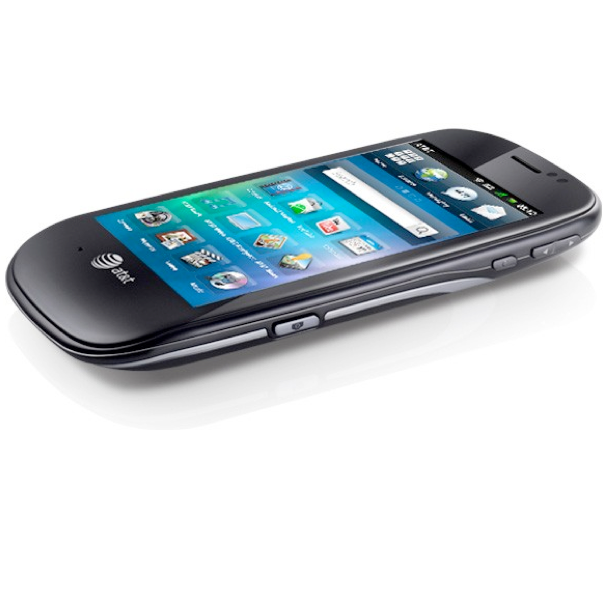latest

Oh, Android. How far you've come since the days of the G1. Actually, tomorrow, October 22nd, will mark 3 years to the day that Android has been available on consumer handsets in the United States, and the G1 on T-Mobile was concepción.

With many Cliq XT users threatening to walk after Motorola’s Eclair update fiasco, T-Mobile is feeling quite sympathetic. In an effort to prevent more customers from cancelling and subscribing elsewhere, T-Mobile is now offering Cliq XT users some form of compensation through their Customer Loyalty department. Due to the proposed confidentiality of the memo the exact incentive is unknown. Cliq XT users are encouraged to call and find out what’s the best they can get to remain loyal to the purple T.

Well at least you're honest about it, Motorola. The company just updated its Software Upgrades page, and the news isn't good for owners of the CLIQ XT, i1, Flipout, or Charm. We already knew that the first of those four phones will eternally be stuck on Android 1.5, but what may come as a bit of a surprise is that the i1 is now in a similar situation (i.e. forever doomed to Cupcake), while neither the Flipout nor the Charm will ever see an OS version more recent than Eclair.

If you love devouring Android stats, Google's Android Platform Versions sub-site, which is updated about once a month, just got refreshed with the latest batch of data. Last month, Froyo ate up some 36% of the pie, while Éclair was found to be running on about 41% of devices, with the remaining 23% being taken up by Cupcake and Donut.

The latest Android platform numbers are out, and thanks to carrier support of updates (Verizon and Sprint, anyway) FroYo has made an impressive boost to capture 33.4% of Android devices. This isn't enough to upset Android 2.1, which remains on top with 40.4%, but it's a good sign of diminishing Android fragmentation nonetheless.

At this point, we'd consider it a joke to release a device with Android 1.5, but apparently, Dell thinks differently.

Meet Andy: Android’s History In A Nutshell
There were many rumors that Google was exploring ways to expand its reach to device manufacturers with a focus on developing a handset.
Before Apple's iPhone and Google’s Android OS burst onto the mobile device scene in 2007, there were few significant advances in mobile technology. Frankly, "smartphones" (if we could even call them that at the time) were boring: they did little more than email, general messaging, picture taking, some basic apps and games, rudimentary internet browsing, and enterprise integration.

Right on schedule, Google has yet again updated their Android version distribution charts.

Ever since they promised to help developers and slow the growing problem of Android fragmentation, Google has been quite consistent in updating their platform version chart, which shows how many phones are running each version of Android. Just over a month ago, the chart was used in the argument that fragmentation is a major problem for Android, as Android 2.1 was running on a much smaller percentage of phones than previous versions Android 1.6 and 1.5. However, last month, Eclair finally took over, becoming the most used single version of Android (1.5 and 1.6 still accounted for a larger total share).

Once again Google has updated their platform version chart, and this time OS Version 2.1 has something to celebrate.








